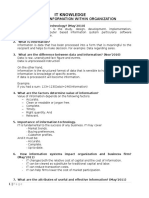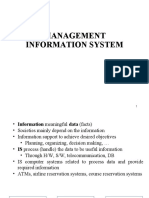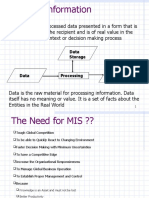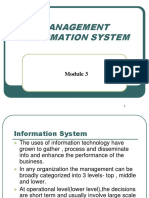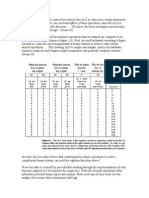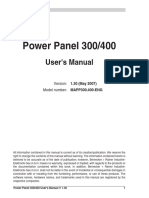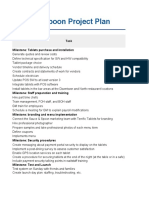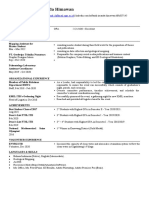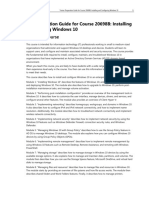0% found this document useful (0 votes)
20 views14 pagesMIS Questions Answers
The document provides an overview of Management Information Systems (MIS) and Information Technology (IT), detailing their definitions, purposes, and objectives. It discusses contemporary approaches to MIS, the strategic importance of information, and how IT capabilities impact organizations. Additionally, it covers data management concepts, database management systems (DBMS), data warehousing, data mining, and business intelligence, along with practical SQL commands for database operations.
Uploaded by
Rakesh RaushanCopyright
© © All Rights Reserved
We take content rights seriously. If you suspect this is your content, claim it here.
Available Formats
Download as PDF, TXT or read online on Scribd
0% found this document useful (0 votes)
20 views14 pagesMIS Questions Answers
The document provides an overview of Management Information Systems (MIS) and Information Technology (IT), detailing their definitions, purposes, and objectives. It discusses contemporary approaches to MIS, the strategic importance of information, and how IT capabilities impact organizations. Additionally, it covers data management concepts, database management systems (DBMS), data warehousing, data mining, and business intelligence, along with practical SQL commands for database operations.
Uploaded by
Rakesh RaushanCopyright
© © All Rights Reserved
We take content rights seriously. If you suspect this is your content, claim it here.
Available Formats
Download as PDF, TXT or read online on Scribd
/ 14

















